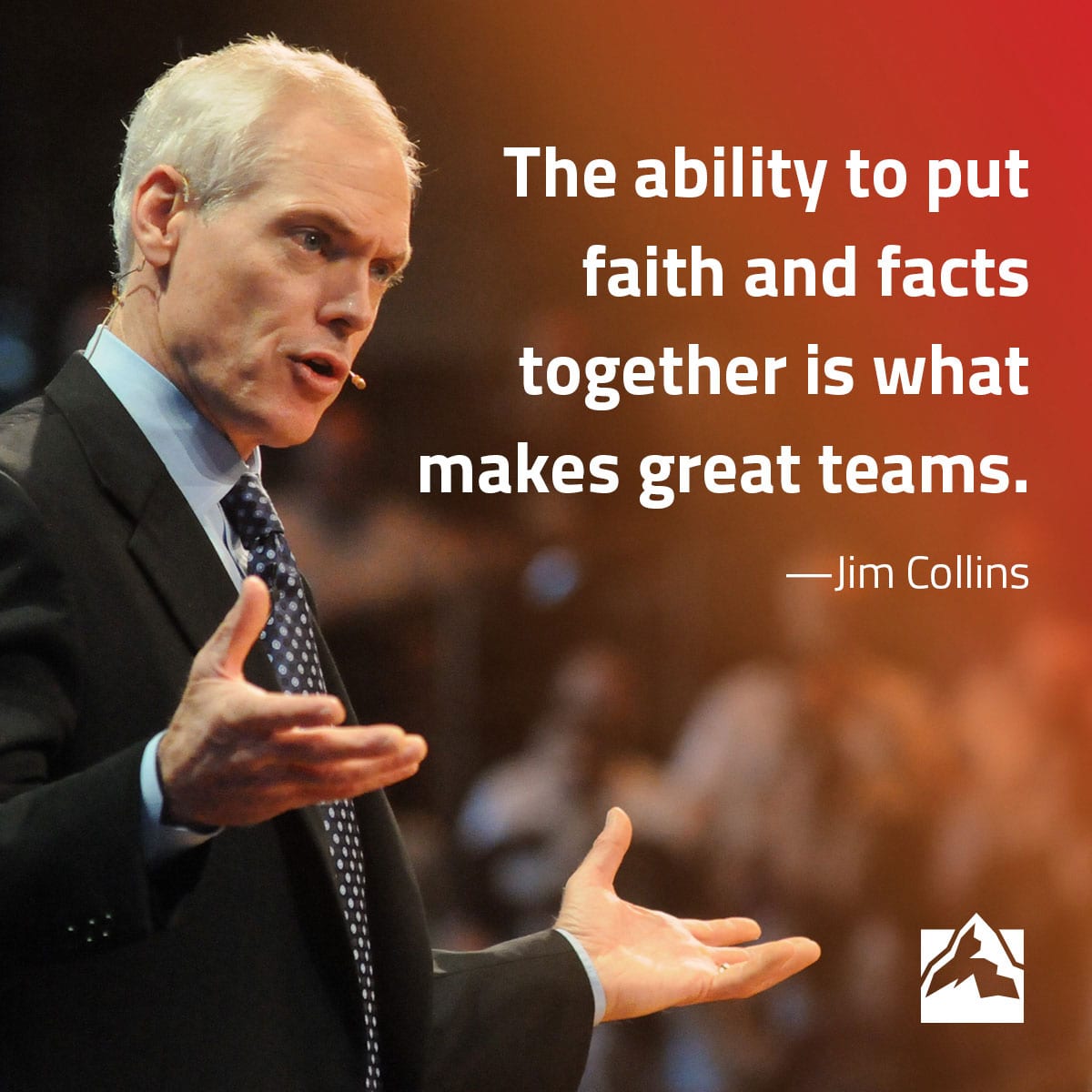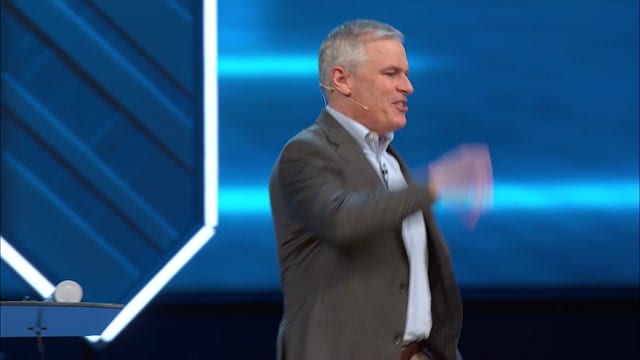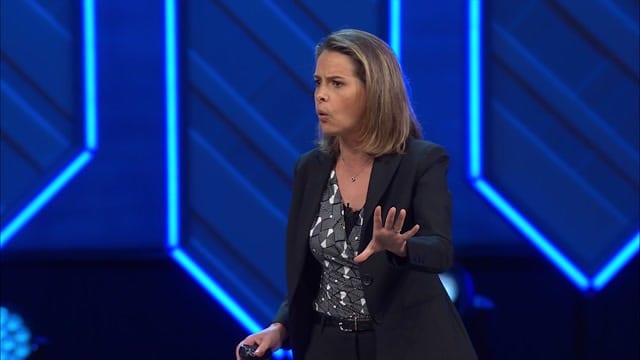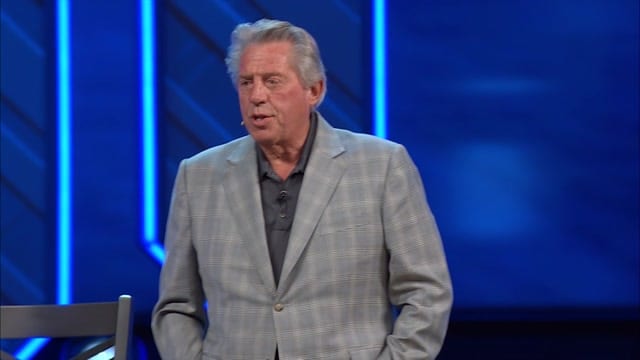
The ability to put faith and facts together is what makes great teams.

The ability to put faith and facts together is what makes great teams.

In this clip, Jossy Chacko shares his first of “3 E’s” in expanding one’s leadership reach. Jossy helps leaders see the importance of enlarging their vision to the degree that it multiplies well beyond their leadership.

In this clip, Jossy Chacko shares his third of “3 E’s” in expanding one’s leadership reach. Jossy helps leaders see the importance of embracing risk. To be effective leaders, we must become increasingly comfortable with risk.

In this clip, Patrick Lencioni coaches leaders in how to support and develop people on their team to increasingly become an ideal team player. Patrick puts the pressure on the senior leader to go first and lead with vulnerability to move toward growth.

In this clip, Patrick Lencioni shares three combinations of the hungry, humble and smart virtues. These combinations are the most tempting to have on teams, but still require significant growth in order to become an ideal team player.

In this clip, Chris McChesney shares his second discipline of execution. Chris explains the role of lag and lead measures in goal achievement.

In this clip, Erin Meyer describes the first dimension of her research – low versus high-context communication – from her book The Culture Map. Erin explains the nature of different cultures and how clarity in communication can influence performance.

In this clip, Erin Meyer describes the second dimension of her research – providing negative feedback – from her book The Culture Map. Erin helps leaders identify their own style of feedback and how to conduct clearer feedback conversations.

John Maxwell shares three questions every follower is asking of their leader and why they are important to consider. Building on these three questions, he reminds leaders about the uphill climb of leadership.

In this clip, Danielle Strickland helps leaders identify how true humility and true dependency often need to be adjusted in their lives. Danielle also reminds leaders that if they want to see God work in their lives, they need to create a dependency on Him.
“We welcome and encourage comments on this site. There may be some instances where comments will need to be edited or removed, such as:
If you have any questions on the commenting policy, please let us know at heretoserve@globalleadership.org”
Recent Comments